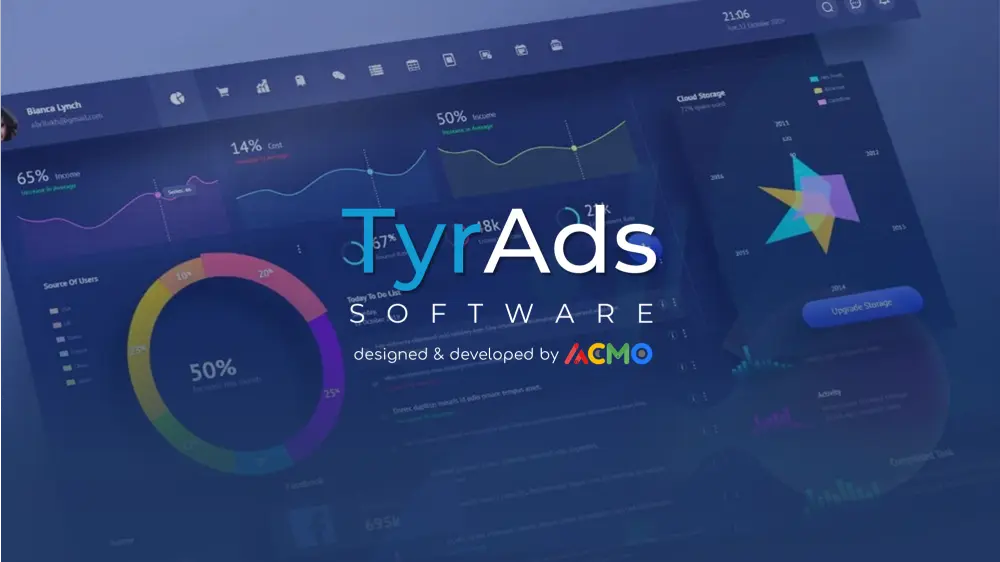Quality Assurance
Services
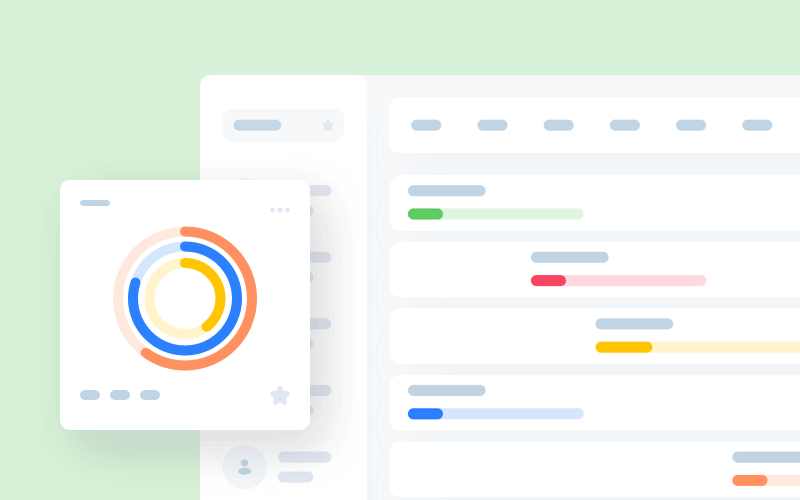
What do we test?
We run tests to check every single component of your software and guarantee the highest possible quality.
Mobile
Web
Backend
Types of Software Testing We Offer
Functional testing lets us analyze a separate part of the application within the context of the entire application. This testing ensures that the system does what users are expecting it to do.
In other words, we test the business logic of a product to make sure all the functional objectives are met, and the app or website performs the functionality it is supposed to.
It includes user interface, performance, and usability testing.
This type of testing is performed to check the following: how well the product that is being implemented complies with design requirements, level of its usability compared to competitors, and how many users can interact with the product simultaneously.
Unit testing is typically applied for small units of code representing individual functions. The main task of this testing type is to make sure that those code units are fit for use.
Integration testing is intended to identify how various components of the software interact with each other. For instance, it can show whether the payment system was integrated correctly into the product or not.
It aims to compare the usability of the proposed design with designs of other similar apps or websites. Correspondingly, the main task of this testing is to find out the weak sides of the product’s usability.
To perform usability testing, our QA engineers compare the product’s usability with the biggest competitors in a niche this app or website belongs to.
Load testing is executed to find out how many users can interact with the system simultaneously. In other words, it identifies the maximum number of users the app or website can handle.
Performance testing includes various tests that are intended to check how the product behaves and performs. Those tests are written to examine stability, reliability, speed, and many other parameters.
Automation
Testing
We use automated tests to boost the speed of product testing and enhance the overall quality.
Backend
Order now
User Interface
Order now
Software testing
Process
The software testing is divided into several stages to build an efficient testing workflow and comply with high quality standards.
QA engineers analyze project requirements to eliminate any logic-related issues and identify inaccuracies. Such a revision helps us prevent our clients from spending extra money making changes to requirements during the development phase. Next, the functionality that will be implemented during the following sprint is picked by the entire development team.
10%
This stage takes from the overall testing time
This stage involves defining the software testing objectives and drawing up a test specification. In simple terms, QA engineers plan out what they should test and how they should test it. Also, they determine criteria according to which a software is considered ready for the next development phase or sprint.
10%
This stage takes from the overall testing time
QA engineers get to work and start testing the functionality that was implemented during each sprint. The main task of this stage is to find bugs, create bug reports for developers, and revise the code once more time after the fixes are made. In other words, QA engineers make sure that all the project requirements are adequately met.
60%
This stage takes from the overall testing time
Regression testing stands for an in-depth examination and is performed to ensure that new changes do not break anything in old functionality. What concerns the load testing, it is intended to find out how the software performs under normal conditions. Talking about smoke testing, it is performed to check the workability of the product’s most vital functions.
20%
This stage takes from the overall testing time
Tools We Use
Our engineers utilize a variety of specialized tools to test software even more carefully and effectively.
Testing Tools





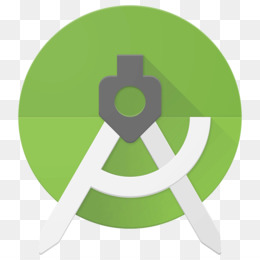
Automation Testing

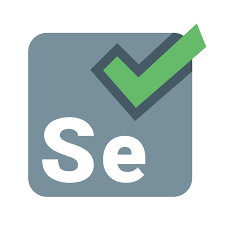
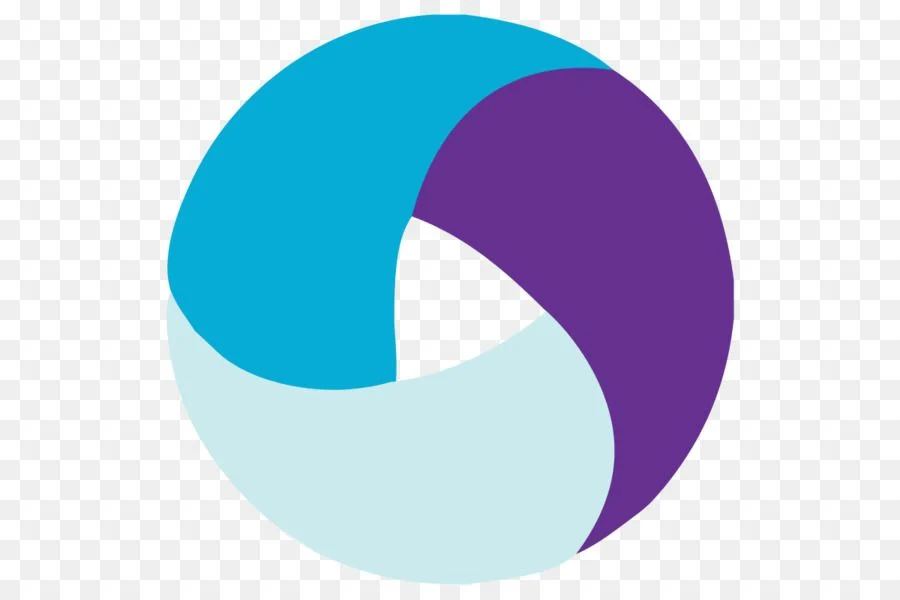

Questions You Might Have
Learn more about our Quality Assurance workflow.
Testing as a service means you're delegating software testing activities to an outsourcing company. It means third-party contractors are responsible for checking the quality of your software, its usability, finding bugs, and so on.
We perform seven types of software testing
- Functional testing. Test the business logic to make sure that the app works as expected.
- Non-functional. Check how well the product complies with design requirements, its usability level, how many people can use the product at the same time.
- Unit testing. Test whether each function works as designed.
- Integration testing. Check how components interact with each other.
- Usability. Compare the proposed design with designs of other similar products.
Software developers, even the most skilled ones, are people. They could miss a bug or forget about making some checks. That's why you need QA services: to make sure the product has no bugs, meets all requirements, copes with high loads, and so on. When software is tested, you feel confident to use it.
They are both great and widely used. Manual testing works for any-size software, but if you're dealing with large-scale products with a high demand for quality, it's better to automate the testing process.
Crucial. Software testing helps to point out the defects made during the development, uncover bugs, make sure the product works as it is supposed to, and many more.
Basically, no software should make it to the production server or app marketplaces without QA checking it.
QA tests are divided into manual and automated.
Manual software testing works for the following tests:
- Adhoc testing
- Exploratory testing
- Usability testing
Tests that could be automated include:
- Regression testing
- Stress/load testing
- End-to-end testing

